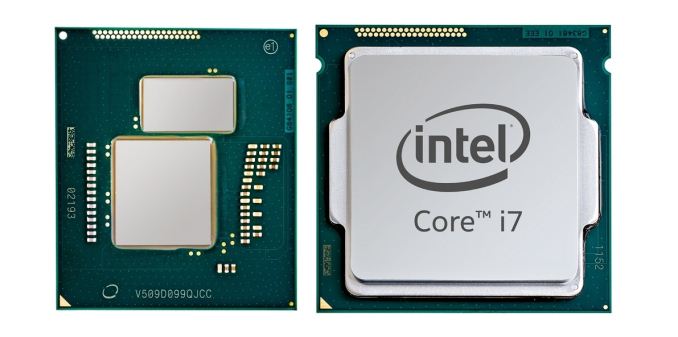Why are everybody recommending buildnig FPGAs on terribly outdated processes?
AFAIK these are one of the first things going to newer nodes and their product prices also usually make using leading-edge nodes a non-issue.
IMO using GloFo for FPGAs would be a terribe idea, though I guess the very lowest parts of the stack could transition there if really needed. Still not sure that Xilinx has the volume to help with this WSA.
Chipsets I/O dies and chromebook material (Dali, Picasso) will surely be included but even accouting for all that, the amount of wafers is still gigantic. Besides the amendment starts from 2022 (which means this year is not included).
Perhaps some very-lowest end RDNA2/RDNA3 GPUs could be made on GloFo? Most people don't care about power-consumption on that level, and GPUs are usually pretty straightforward to port. I'm not quite convinced the current product stack is sufficient till up to and including 2024 (, I sure as hell hope nobody buys a Picasso Chromebook in 2024),
Over all all I can say is that Hector Rui(n)z surely caused AMD a lot of pain due to this



